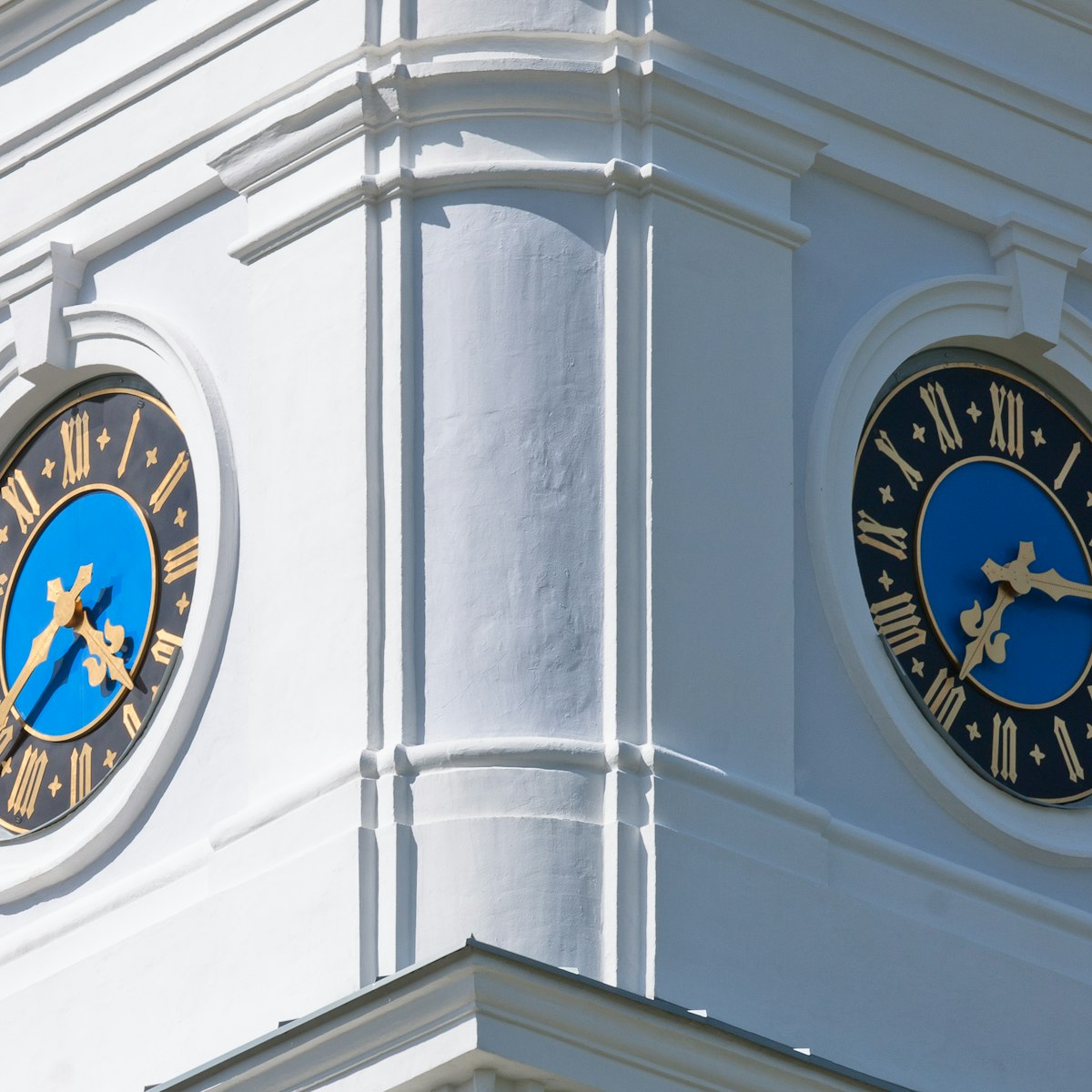This small museum is densely packed with details about the atrocities committed in Paneriai's forests. Between 1941 and 1944, around 100,000 people (mostly Jews) were killed under Nazi orders. Groups of victims were marched towards pits and gunned down, each successive massacre creating a layer of barely buried bodies. The museum's unflinching presentation includes testimonies from the Burners Brigade, prisoners of war forced to dispose of bodies, and eyewitness reports detailing how massacres unfolded to the glee of commanders.
Though commonly known as the Ponary (Paneriai) Massacre, the events that took place in this forest were a succession of mass murders. The killings began with the execution of 348 people on 11 July 1941; that month alone, around 5000 people were murdered. Alcohol was supplied to the shooters afterwards, and victims’ belongings were sold to buy more vodka.
Paneriai remains an open wound for Lithuania, with some locals finding it difficult to accept the involvement of Lithuania-born people in the killings.






